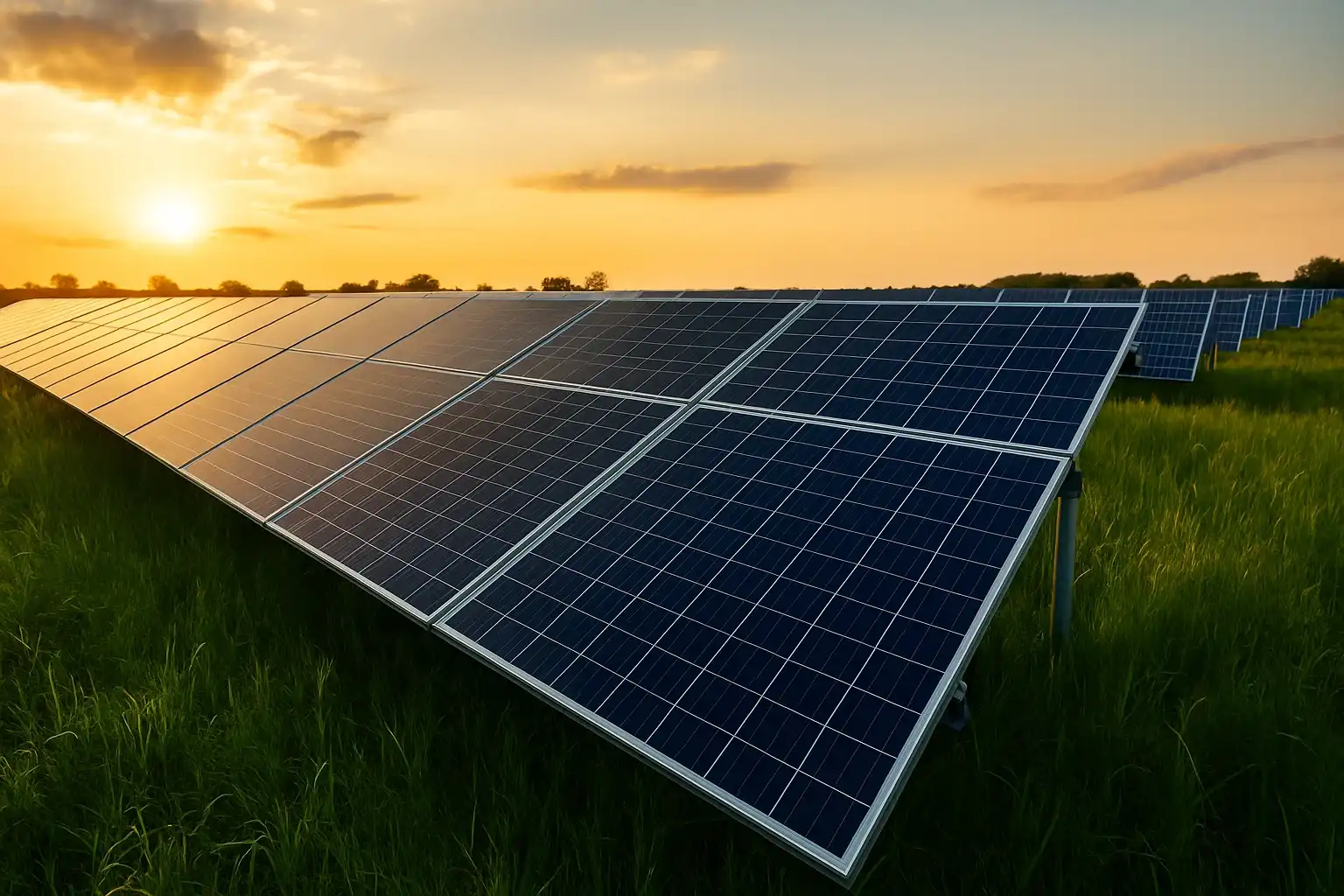Introduction
With global CO₂ emissions continuing to climb, individuals and businesses alike are seeking effective ways to shrink their carbon footprints. Solar energy stands out as one of the most powerful tools in this fight. By generating electricity from sunlight instead of fossil fuels, solar power can reduce greenhouse gas emissions by 0.5–1.0 kg CO₂ for every kilowatt‑hour (kWh) produced. Over a year, a typical 5 kW residential solar system can offset 3–5 metric tons of CO₂—roughly equivalent to planting 100 mature trees.
In this comprehensive guide, we’ll explore:
- The carbon lifecycle of electricity and how solar stacks up
- Quantifying carbon savings with simple calculations
- Key factors affecting emissions reductions
- Real‑world case studies of carbon avoidance
- Additional environmental co‑benefits
- Tips to maximize your solar carbon savings
- Next steps for going solar with minimal footprint
The Carbon Lifecycle of Electricity
Every method of electricity generation has an associated life‑cycle carbon intensity—the total CO₂ emitted per kWh when accounting for fuel extraction, plant construction, operation, and decommissioning:
Source | Lifecycle CO₂ (g CO₂/kWh)¹ |
Coal‑fired plant | 800–1100 |
Natural gas plant | 400–600 |
Grid average (mixed) | ~450 |
Solar PV (2025) | 20–50 |
By replacing grid electricity (≈450 g CO₂/kWh) with solar (≈35 g CO₂/kWh), each kWh of solar can avoid roughly 415 g of CO₂—a 92% reduction
Calculating Your Carbon Savings
A. Basic Formula
Annual Solar Generation (kWh) × (Grid Intensity – Solar Intensity) = CO₂ Avoided (kg)
B. Example: 5 kW Residential System
System output: ~6,000 kWh/year
Grid intensity: 450 g CO₂/kWh
Solar intensity: 35 g CO₂/kWh
6,000 kWh × (450 – 35) g = 6,000 × 415 g = 2,490,000 g CO₂
= 2,490 kg CO₂ ≈ 2.5 metric tons CO₂ avoided per yearOver a 25‑year lifespan, that adds up to >60 metric tons of CO₂ prevented.
Factors Influencing Emissions Reductions
Location & Insolation: Higher sunlight yields more kWh and greater annual CO₂ offset.
Solar panel efficiency & degradation: Modern panels (20–24% efficiency) degrade <0.5% per year, sustaining long‑term output.
Grid mix: Regions with dirtier grids (high coal/natural gas) gain more carbon savings per kWh of solar.
Lifetime system performance: Proper maintenance ensures panels operate near peak capacity over decades.
Real‑World Case Studies
Case Study A: Suburban Home in Spain
System size: 6 kW
Annual production: 8,000 kWh
Local grid intensity: 300 g CO₂/kWh (mixed renewables + gas)
Annual CO₂ avoided:
8,000 × (300 – 35) g = 2,120,000 g = 2.12 t CO₂
Case Study B: Commercial Warehouse in India
System size: 100 kW
Annual production: 140,000 kWh
Grid intensity: 700 g CO₂/kWh (predominantly coal)
Annual CO₂ avoided:
140,000 × (700 – 35) g = 91,900,000 g = 91.9 t CO₂
Beyond Carbon: Additional Environmental Benefits
- Water Savings: Solar PV uses nearly zero water in operation, whereas thermal power plants consume 1,000+ liters per MWh for cooling.
- Air Quality Improvement: Reducing fossil fuel combustion cuts SO₂, NOₓ, and particulate emissions, benefiting public health.
- Land Use: Rooftop installations utilize existing structures; ground‑mount projects can coexist with agriculture (“agrivoltaics”).
Tips to Maximize Your Solar Carbon Impact
- Optimize orientation & tilt: Aim panels within ±15° of true south and at an angle equal to your latitude for year‑round yield.
- Implement battery storage: Store excess midday generation for evening use rather than exporting at low offset value.
- Combine with energy efficiency: Seal air leaks, upgrade to LED lighting, and install smart thermostats to reduce baseline consumption—amplifying solar’s relative impact.
- Participate in community solar: If rooftop space is limited, join local solar cooperatives to claim your share of clean energy.
- Monitor & maintain: Use monitoring platforms to detect underperformance; perform cleaning and inspections at least annually.
Next Steps: Going Solar Responsibly
- Site Assessment: Have a qualified installer analyze your roof’s solar potential and local insolation data.
- Carbon Calculator Tools: Use online calculators (e.g., NREL PVWatts, Global Solar Atlas) to model annual kWh and CO₂ avoided.
- Incentives & Certification: Leverage tax credits, rebates, and ensure panels meet high environmental standards (e.g., minimal hazardous materials).
- Track Your Impact: Publish your annual CO₂ savings to inspire employees, customers, or community members, reinforcing your leadership in sustainability.
Conclusion
Solar energy offers a dramatic reduction in greenhouse gas emissions—often cutting lifecycle carbon intensity by 90%+ compared to fossil fuels. Whether you’re a homeowner offsetting a few tons of CO₂ or a business preventing tens to hundreds of tons annually, every kilowatt‑hour of solar-generated power is a step toward a cleaner, healthier planet.
Ready to Shrink Your Carbon Footprint?
Contact Arni Energy for a free solar carbon impact assessment and discover how much CO₂ you can avoid with a customized solar solution.
🔗 Get your personalized report today and join the renewable revolution!
Written by the Arni Energy Solar Experts Team
📆 Updated: August 2025

